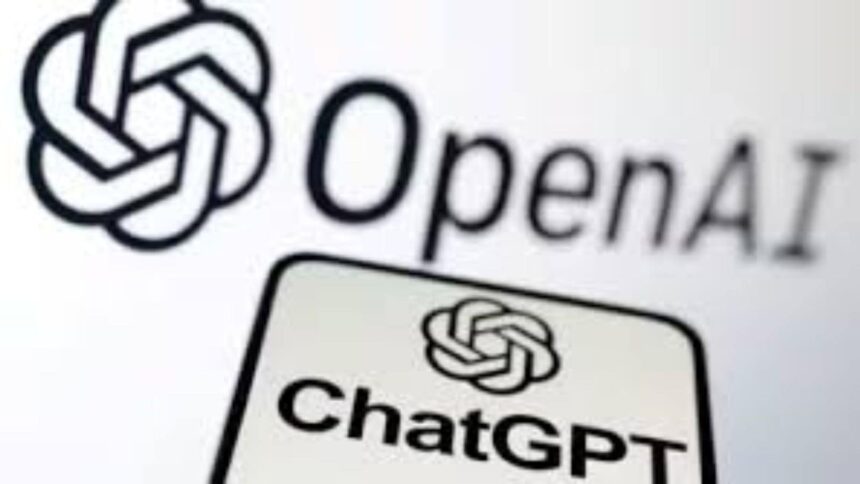ChatGPT creator OpenAI has launched a new shopping option on its popular artificial intelligence (AI) chatbot, in what could be a major challenge to Google, which also enables a similar function. However, there is a key difference, at least for the time being: OpenAI has said that the products which will be shown following a user’s query are selected by ChatGPT independently and are not advertisements.
“Users come to ChatGPT with all kinds of questions, and one common topic is researching and buying products. Now, when a user query suggests shopping intent (e.g., “I’m looking to buy costumes for my two dogs”), ChatGPT can display relevant product options in visually rich carousels, provide additional product details, and link users to websites where they can learn more or make a purchase – available in GPT-4o and 4o-mini,” OpenAI said in a blog.
This feature is starting to roll out to Plus, Pro, Free, and logged-out users everywhere ChatGPT is available. While right now the system works on information ChatGPT receives from third-party providers, it is exploring ways for merchants to provide their product feeds directly to the company.
There are some questions this launch raises: Could it become a potential source of revenue for the company going forward? If that is the case, how will affiliate revenue sharing, a concept well understood in the -led web, work? For now, the company has said that the products it showcases are not ads. But will that be the case forever? Could it lead to a world where AI chatbots become marketing platforms? And what would that do to the whole “productivity” narrative these companies have tried creating, if they become yet another online classifieds platform?
A product appears in the visual carousel when ChatGPT perceives it’s relevant to the user’s intent. “ChatGPT assesses intent based on the user’s query and other available context, such as memories or custom instructions,” OpenAI said in its blog.
For example, if a user asks ChatGPT for help finding goofy costumes for their two large dogs, ChatGPT will consider general factors, such as price, customer ratings, and ease of use, as well as specific criteria provided by the user, like sizing and the desired costume vibe. If the user had previously indicated a dislike for clowns, the model might also consider that and leave out clown costumes, the company explained.
Structured metadata from third-party providers (e.g., price, product description) and other third-party content (e.g., reviews).
Model responses generated by ChatGPT before it considers any new search results.
OpenAI safety standards.
The company, however, cautioned that there could be mistakes. “Since the model interprets user intent, it can occasionally make mistakes—for example, maybe the user would have been open to clown costumes after all. Users can clarify their preferences and ask ChatGPT to adjust its response.”
Product listings shown by ChatGPT may include prices, which it receives from third-party providers. After clicking on that price, users may see additional pricing options from other merchants who also offer that product.
Google has also started using AI to show users products it thinks might be relevant to them. ChatGPT’s feature bears many similarities to how Google now shows product listings in Search. However, there is one major difference between shopping through ChatGPT versus Google, for now: The results ChatGPT searches are not paid placements, but organic results.
Some product recommendations in Google Shopping could appear because a retailer paid for an ad spot to the company. But there are other mechanisms that Google relies on as well, as it also relies on websites which thoroughly test products and their reviews and accordingly ranks products. It also shares a portion of the sale with the publishers as affiliate revenue, an option which currently does not exist on ChatGPT.








